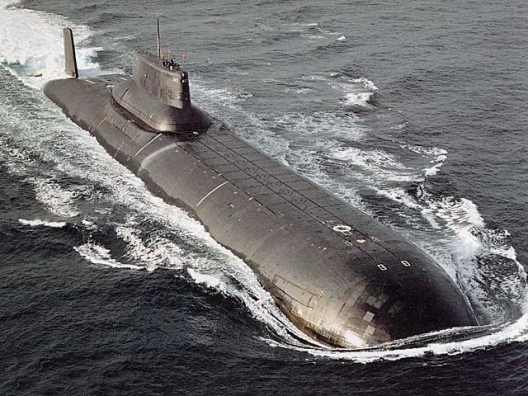 [A]s Russia ramps up its military presence in the North Atlantic, NATO’s presence has atrophied.
[A]s Russia ramps up its military presence in the North Atlantic, NATO’s presence has atrophied.
The GIUK gap is still the only point through which Russia can project power into the Atlantic Ocean and Europe’s littoral beyond the bottlenecked Baltic and Black Seas. It remains the gateway to the Atlantic Ocean for Russia’s largest and most strategically important fleet, the Northern Fleet.
NATO does not need to think of the GIUK gap in terms of Cold War-style conventional warfare. However, it must acknowledge that the North Atlantic could be the next focal point for Russian military aggression….
Russia has also begun bolstering its anti-access/area denial (A2/AD) capabilities in the North Atlantic through its submarine capabilities. Through long-range anti-ship and anti-air systems onboard submarines, Russia can create zones in the North Atlantic where NATO planes and ships cannot operate without fear of being shot down or sunk. With a strong enough force in the North Atlantic, Russia could, in effect, cut off North America from Europe….
The alliance must now take steps to rebuild and recover its hold on the GIUK gap. Fortunately, this will not require massive investments, new strategies, or significant military reposturing.
First, it must bring the GIUK gap back into the fold of its defense planning, this time with a focus on the GIUK gap–Norway axis as the warming Arctic opens new avenues for military activities. At NATO’s Warsaw Summit, alliance leaders declared that they would “further strengthen [their] maritime posture and comprehensive situational awareness” and “operationalize” the 2011 Alliance Maritime Strategy. NATO planners should factor the GIUK gap into new policy formulations and help their political leaders understand the strategic importance of the North Atlantic to alliance posturing.
Second, NATO should rebuild its basing and surveillance infrastructure in the North Atlantic. The United States took some promising first steps by restoring some routine patrols out of its former naval airbase in Keflavik, Iceland this year after a decade of closure. NATO members should work to permanently reopen certain bases around the North Atlantic to consistently monitor the GIUK gap and strengthen its underwater surveillance systems across the North Atlantic.
Third, NATO must work to rebuild its members’ maritime patrol aircraft fleets. Maritime patrol aircraft (MPAs) are crucial to tracking Russian submarines and heading off any potential territorial incursions. Many allies mothballed or downsized their fleets due to budget constraints. As countries such as Britain and Norway look to restore their MPA fleets, NATO should consider creating a consortium of alliance-owned MPAs for all allies. This would emulate its successful C-17 and AWACS surveillance aircraft consortiums and help ensure NATO members’ coordination in monitoring the GIUK gap.
Finally, NATO should conduct new military exercises in the North Atlantic with a focus on anti-submarine warfare and coordinating NATO navies and air forces. Military exercises in the North Atlantic would serve the dual purpose of showcasing military strength to Russia and stress-testing NATO’s ability to operate in the open ocean. NATO conducts a small handful of exercises in the North Sea and around the United Kingdom, but it doesn’t conduct any significant military exercises in the North Atlantic.
A twenty first-century confrontation between NATO and Russia won’t be won in the GIUK gap. However, given its strategic importance, it could be lost there.
Robbie Gramer is Associate Director of the Transatlantic Security Initiative at the Brent Scowcroft Center on International Security.
Image: Russia Typhoon class submarine (photo: Bellona Foundation)
